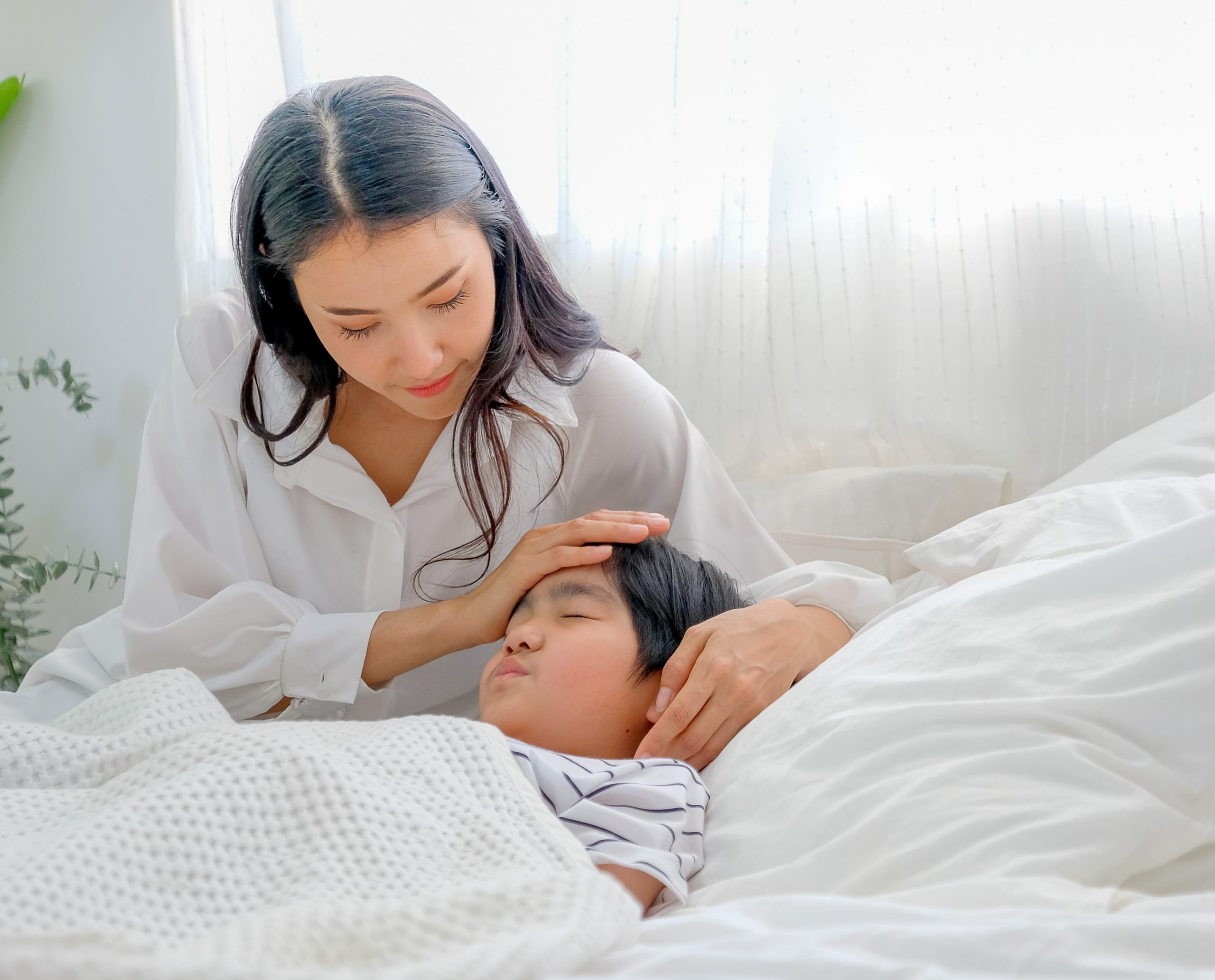Follow us on:

Childhood leukaemia – what it is and the signs to look out for
According to the World Health Organization, 184 children between the ages of 0 to 19 years were diagnosed with cancer in Singapore in 2020.1 Childhood leukaemia is the most common type of cancer diagnosed in children and makes up almost 30% of all childhood cancers globally and in Singapore.1
What is childhood leukaemia?
Bone marrow is the ‘factory’ in the spongy part of our bones which makes many different cells. These include:
- White blood cells which help fight infections and diseases
- Red blood cells (haemoglobin) which carry oxygen throughout our body and give you energy
- Platelets are cells which help blood to clot and prevent bleeding
Leukaemia starts when a young white blood cell ‘misbehaves’, grows out of control and crowds out the healthy cells. This cell is called the leukaemia cell or ‘blast’. Blasts can also destroy healthy cells around them. Because leukaemia starts in the bone marrow where all cells are made, it is known as a blood cancer.
What are the common signs and symptoms?
As leukaemia cells crowd out or destroy healthy cells, you will see signs and symptoms of leukaemia such as:
- Persistent fever or frequent infections (low white blood cell)
- Looking pale, tired or easily fatigued (low red blood cells)
- Flat red spots under the skin called petechiae
- Bruising easily
- Unexplained bleeding from the gums or nose (low platelets)
- Swollen lymph nodes usually in neck or groin area
- Pain in leg, arms or knee
- Poor appetite or loss of weight
Having one of more of these symptoms doesn’t mean that your child has leukaemia, as they can also be caused by other common conditions which are not serious. However, it’s important to have these symptoms checked by a doctor so that the cause of the illness can be found and treated early.
What is the survival rate for leukaemia?
For acute lymphoblastic leukaemia (ALL), the most common type of childhood cancer, cure rates can be upwards of 98%.3
To find out more about the treatments for childhood leukaemia, please click here.
This article is contributed by Dr LeLe Aung, Senior Consultant in Paediatrics & Paediatric Haematology-Oncology at Icon Cancer Centre
Dr LeLe Aung
Senior Consultant in Paediatrics & Paediatric Haematology-Oncology
“It is a privilege for me to be a part of the journey of each and every child’s fight against cancer.”
For Dr Aung’s full biography, please click here.
References
- International Agency for Research on Cancer, World Health Organization. (2020). Singapore. Retrieved on 10 January 2022 from online analysis https://gco.iarc.fr/today/online-analysis
- Leukemia and Lymphoma Foundation. (2017). Leukaemia. Retrieved on 4 June 2019 from https://www.llf.org.sg/disease-information/leukemia
- The Surveillance, Epidemiology, and End Results (SEER) Program, National Childhood Cancer Registry Explorer https://seer.cancer.gov/

